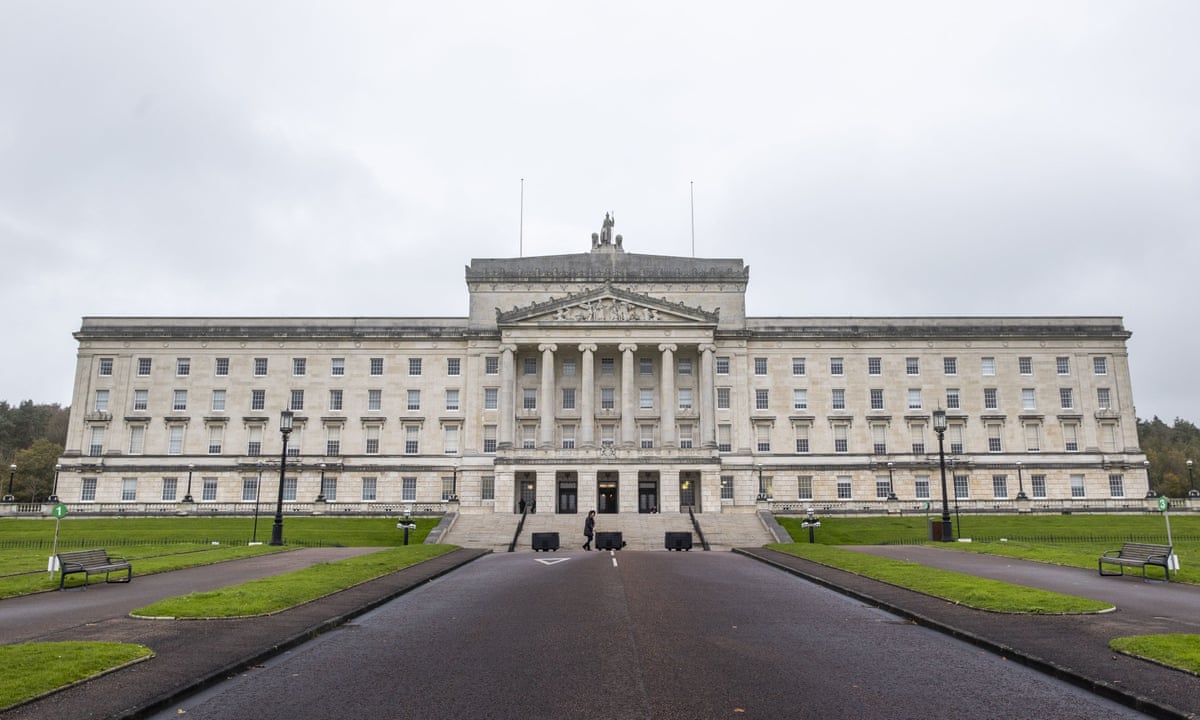Revolutionizing Transportation: Unraveling the Wonders of Intelligent Transportation Systems (ITS)
In an era marked by rapid technological advancements, the realm of transportation is undergoing a transformative revolution, and at the heart of this revolution lies //thelouisianapost.com Intelligent Transportation Systems (ITS). From smart traffic management to connected vehicles, ITS is reshaping the way we move, offering a glimpse into a future where transportation is not just efficient but also safer, greener, and more interconnected than ever before.
Navigating the Landscape of Intelligent Transportation Systems
Introduction: Intelligent Transportation Systems encompass a diverse array of technologies and applications designed to enhance the efficiency, safety, and sustainability of transportation networks. At its core, ITS leverages cutting-edge information and communication technologies to seamlessly integrate various elements of transportation infrastructure.
1. Smart Traffic Management: One of the primary pillars of ITS is smart traffic management. Advanced sensors, cameras, and data analytics are employed to monitor and manage traffic flow dynamically. This not only alleviates congestion but also reduces travel times and minimizes the environmental impact of transportation.
2. Connected Vehicles: The rise of connected vehicles is another exciting facet of ITS. Cars equipped with communication technologies can exchange information with each other and with the surrounding infrastructure. This connectivity enhances safety by providing real-time data on road conditions, potential hazards, and even optimizing routes for a smoother commute.
3. Enhanced Safety and Security: ITS plays a pivotal role in enhancing overall transportation safety. Systems like collision avoidance, lane departure warnings, and automated emergency response systems contribute to a significant reduction in accidents. Furthermore, integrated surveillance and monitoring systems bolster security across transportation networks.
4. Green Transportation: In an age where sustainability is paramount, ITS contributes to greener transportation solutions. Smart traffic lights that adapt to real-time traffic conditions, coupled with intelligent routing algorithms, help reduce fuel consumption and emissions, making strides towards a more eco-friendly transportation ecosystem.
5. Future Prospects: As technology continues to evolve, the potential applications of ITS are limitless. From the advent of autonomous vehicles to the integration of artificial intelligence for predictive analytics, the future promises even more exciting developments in the world of intelligent transportation.
Conclusion:
Intelligent Transportation Systems are not merely a technological novelty; they represent a paradigm shift in the way we conceive and experience transportation. The integration of smart technologies not only addresses current challenges but also lays the foundation for a more connected, efficient, and sustainable future. As we navigate the complexities of modern mobility, ITS emerges as a beacon of innovation, propelling us towards a transportation landscape that is as intelligent as it is transformative.










